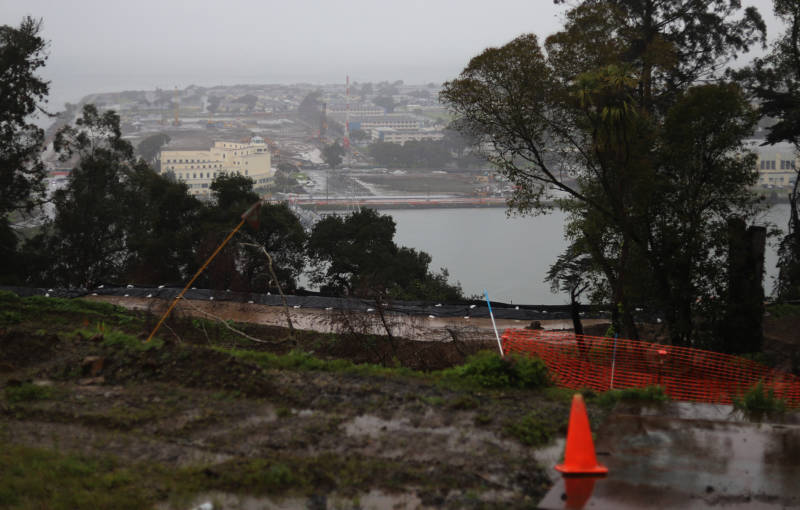The bill now before the Legislature expands the notification requirement to all of the 14 to 18 PFAS. An earlier version of the bill would have forced around 7,300 public water systems in the state to test for all chemicals in the class. It would have also given the water board authority to regulate the chemicals in drinking water as a class, rather than chemical by chemical.
According to an analysis published in Environmental Science & Technology Letters, California from 2013-15 had the highest number of PFAS detections in drinking water.
At most, around 40 individual PFAS can be detected in a lab, says Erika Houtz, a senior environmental engineer with Arcadis, an environmental consulting firm. A testing methodology she developed can approximate the total concentration of all PFAS chemicals in a water sample.
Supporters of AB-756 lamented its less stringent requirements, compared to those in the bill’s original incarnation, which would have mandated testing for the entire class of PFAS. “We would like to have seen the bill require all water systems to test for as many PFAS as we have verifiable methodologies for,” said Andria Ventura, who leads the toxics program at the advocacy group Clean Water Action. “So we are disappointed in that aspect.”
The bill’s sponsor, Assemblymember Cristina Garcia, D-Bell Gardens, says she hopes the Legislature will add back those requirements.
“I’m still working and hoping that somehow between now and this bill getting back, that I’m able to find a way to convince the chair of the Assembly committee and the Senate committee that we should be doing this larger testing,” she said. “That should be mandated in the bill.”
According to Garcia, both the Association of California Water Agencies and Assemblymember Bill Quirk, D-Hayward, chair of the Environmental Safety and Toxic Materials Committee, successfully sought amendments that weakened AB-756.
“My position as chair,” Quirk said, “has been to always allow the experts do their job, and in this case I strongly believe the board is undergoing a thorough, science-based, data-driven effort to regulate PFASs, and the Legislature shouldn’t get out ahead of our state water quality experts.”
Adam Quinonez, state legislative director for the Association of California Water Agencies, said water providers are concerned about creating a unique regulatory process for one specific group of chemicals.
The director of another water lobby, the California Association of Mutual Water Companies, said that since the state water board has only validated two PFAS as a health concern, he’s worried AB-756 will confuse the public as to which of the chemicals are truly dangerous.
“I think that what we don’t want to do is make the public numb,” said Adán Ortega. We want to make sure that the public understands a real threat, and that they also have the resources and to deal with those threats.”
But last month, in testimony before the U.S. Senate, National Institute of Environmental Health Sciences Director Linda Birnbaum said it was paramount that regulators look at PFAS chemicals as a class and as mixtures, rather than as individual chemicals.
For now, advocates think notifying the public is still an important step on the road to regulation.
“We need the public to understand about PFAS, we need them to understand the scope of the issue and what needs to be done,” said Ventura, of Clean Water Action. “And the only way to do that is to let them know what’s in the water they’re drinking.”
Editor’s Note: Hannah Hagemann worked for Arcadis in 2017-18.

